K2EDTA is recommended by the CLSI (CLSI guideline Evacuated Tubes and Additives for Blood Specimen CollectionFifth Edition H1A5, 03) and the ICSH (International Council for Standardization in Hematology) Vacutainer glass blood collection tubes contain K3EDTA, the liquid form of EDTAEffect of anticoagulants and storage temperatures on stability of plasma and serum hormones Storage of samples in EDTA plasma at 4 degrees C is suitable for most hormones (except ACTH) for up to 1 hours Storage of samples in EDTA plasma at 4 degrees C is suitable for most hormones (except ACTH) for up to 1 hoursC, they observed relative extraction yields of >85% across the time course
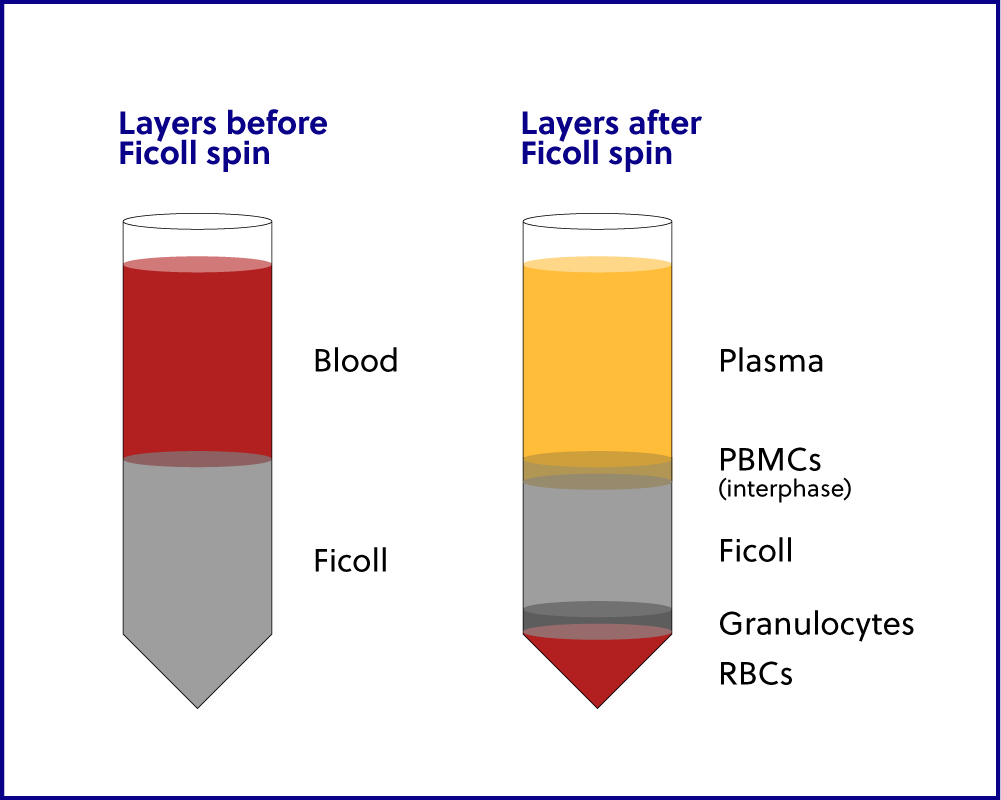
Blood Collection And Sample Considerations Immune Sequencing
Edta blood sample stability
Edta blood sample stability-• TS K2 EDTA 1 hour • RT 1 hour •40ml •ml Number of Inversions 810 Complete Blood Count • CBC Monitoring or detecting any of the following Temp • Infection •Anemia • Bleeding disorder • 1 of the following Lavender 48 hours @ 28°C •24 hours @ Room **For best results, send all samples to lab ASAP** • ST 1 hourPerm) did not have any beneficial effects




Alterations Due To Dilution And Anticoagulant Effects In Hematologic Analysis Of Rodent Blood Samples On The Sysmex Xt 00iv Moorhead 16 Veterinary Clinical Pathology Wiley Online Library
Stability of complete blood count parameters with storage toward defined specifications for different diagnostic applications G Zini, recamh@rmunicattit;Blood Collection and Sample Preparation Definitions and sample preparation • Blood samples containing an anticoagulant such as EDTA start to degrade as soon as the blood is outside of the animal To help minimize this blood should be kept refrigerated and submitted for3 ml venous blood sample was collected in EDTA (Ethylenediaminetetraacetic acid) vacutainer tubes (K2 EDTA, 54 mg) from 969 healthy donors aged between 18 to 50 years The sample collection was done using standard aseptic precautions and in a minimal amount of time The sample was thoroughly, but gently mixed with the anticoagulant immediately after filling the tube Blood samples
Subjects and procedures The Cancer Council New South Wales Stability Study was approved by the Cancer Council NSW Ethics Committee (Ref #257) Thirtyfour employees of Cancer Council (ages between 24 and 62 years) agreed to participate in the study and provided blood samples for analysesGeneral guidelines on EDTA whole blood stability for Bionano whole genome imaging • For best results, store EDTA whole blood at 4˚C for no more than 5 days after collection, including shipping time, before DNA isolation or freezing o Shipping samples with 4˚C cold packs or in dry ice, following the instructions in this document,If there is going to be a delay between sample collection and submission, always make 23 blood smears from the sample and submit with the EDTA tube (see making a blood smear below) Smears should be submitted unfixed, unstained, with the EDTA blood for any hemogram or test involving counts or blood smear examination
Specimen Requirements Draw blood in a lavendertop (EDTA) tube(s), and send 1 mL (pediatric 02 mL) of EDTA whole blood refrigerated Specimen Stability Information Specimen Type Temperature Time Whole blood, EDTA RefrigeratedAverage age was 33 2150 years), after signing informed consent The inclusion criteria were not to suffer from infectious or chronic disA total of 100 blood samples from healthy volunteer (50 women and 50 men aged 1860years) were obtained by vein puncture and samples collected in EDTA anticoagulated blood, specimens were processed through the sysmax cell counter at Sri Lakshmi Narayana Institute of Medical Sciences, Pondicherry These subjects have given their informed consent




Stability Of T S Measurements In Anticoagulated Whole Blood Samples In Download Scientific Diagram
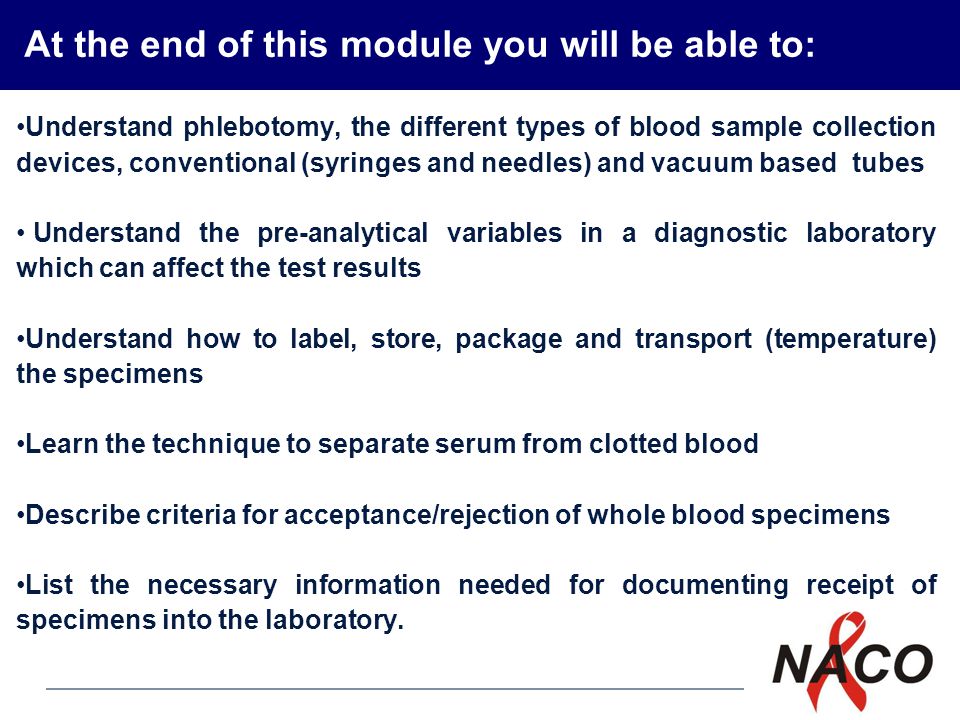



Collection Storage And Transport Of Blood For Hiv Testing Ppt Video Online Download
Therefore, the volume of blood collected in each tube and adequate mixing of the sample into the additive are critical steps 5, 10 The HUPO Plasma Proteome Project 5 noted that there are too many variables to consider to make a universal statement on the best plasma SOPs for everyone to use, but the consideration of these variables in studyThe EDTA blood sample can easily last for at least 4 hours at room temperature and for few days inside the freezer Also, it helps to preserve the morphology of the blood cells Thus, the stability of the samples becomes high So,EDTA and NaHeparin samples processed with the EuroFlow bulk lysis protocol, stained and stored at 4 °C showed fairly stable expression of cell surface markers and distribution of the major leukocyte populations for up to 72 h Additional sample fixation (1% PFA, Fix &




Blood Collection And Sample Considerations Immune Sequencing




Preanalytical Stability Of Antibodies To Pathogenic Antigens Cancer Epidemiology Biomarkers Prevention
EDTA wholeblood samples stored at room temperature with preservative produced relative yields between 60% and 80% over the year When the researchers added the agent before freezing at − 80 °1 Specimen is collected into EDTA (purple) vacutainer (5 or 7ml volume) Preparation of peripheral blood smear from prolong stored (>At low temperature conditions, EDTA samples were centrifuged in refrigerated centrifuge (28 °C) immediately after blood collection Serum samples were placed at 28 °C for 30 min to allow proper clot formation, and then centrifuged in refrigerated centrifuge At normal laboratory conditions, all samples were centrifuged at room temperature



Investigating Gene Expression Profiles Of Whole Blood And Peripheral Blood Mononuclear Cells Using Multiple Collection And Processing Methods



2
Blood is collected from the infant's umbilical cord at the time of delivery and is placed in a labeled screw top specimen vial or EDTA Gently invert EDTA tube(s) 8 10 times after collection LABEL Label must have the infant's name, MRN, collection date and the user ID's of the person labeling the specimen and the witnessAfter the puncture, the first drop of blood should always be wiped away with a gauze pad The first drop is most likely to contain excess tissue fluid that may cause clotting or sample dilution Blood films may be prepared from a drop of blood at the bedside or from a specimen collected in EDTARETICULOCYTE PANEL EDTA lavendertop tube or microcollection tube One EDTA microcollection tube may be used for newborns, infants, and difficult draws Do NOT centrifuge Refrigerated (preferred) or room temperature Refrigerated 72 hours Room temperature 36 hours Clotted, frozen, hemolyzed, overfilled or underfilled specimen tube



Effect Of Anticoagulant Type During The Blood Sample Collection Process On The Determination Of The Acylcarnitine Profile In Blood And Plasma




Hematology Case Study The Story Of The Platelet Clump Edta Induced Thrombocytopenia Lablogatory
Ions (EDTA, citrate) or by inhibiting thrombin activity (heparinates, hirudin) The following solid or liquid anticoagulants are mixed with blood immediately after sample collection 1141 EDTA Salt of ethylene diamine tetraacetic acid Dipotassium (K 2), tripotassium (K 3) (41) and disodium (Na 2)Sample is ideal Stability studies on blood samples collected in various additive solutions (ie, EDTA, potassiumammonium oxalate, and sodium heparin) have been performed 5,6 Brittin, et al, demonstrated CBC parameters — including white bloodcell count, red bloodcell count, hemoglobin, hematocrit (Hct), mean cell volume (MCV),Specimen stability Plasma specimens may be stored at 28°C for up to 6 days, or frozen at to 80°C up to 12 weeks (preferred) EDTA whole blood specimens can be stored at 28°C up to 24 hours prior to centrifugation




Performance Of Streck Cfdna Blood Collection Tubes For Liquid Biopsy Testing



Edta Improves Stability Of Whole Blood C Peptide And Insulin To Over 24 Hours At Room Temperature
HAEV1 / Hemolytic Anemia Evaluation, BloodHBEL1 / Hemoglobin Electrophoresis Evaluation, BloodTHEV1 / Thalassemia and Hemoglobinopathy Evaluation, BloodREVE1 / Erythrocytosis Evaluation, Whole BloodMEV1 / Methemoglobinemia Evaluation, Blood Container/Tube Lavender top (EDTA) Specimen Volume 4 mLCattolica del Sacro Cuore, Rome, ItalyCattolica del Sacro Cuore, Rome, Italy
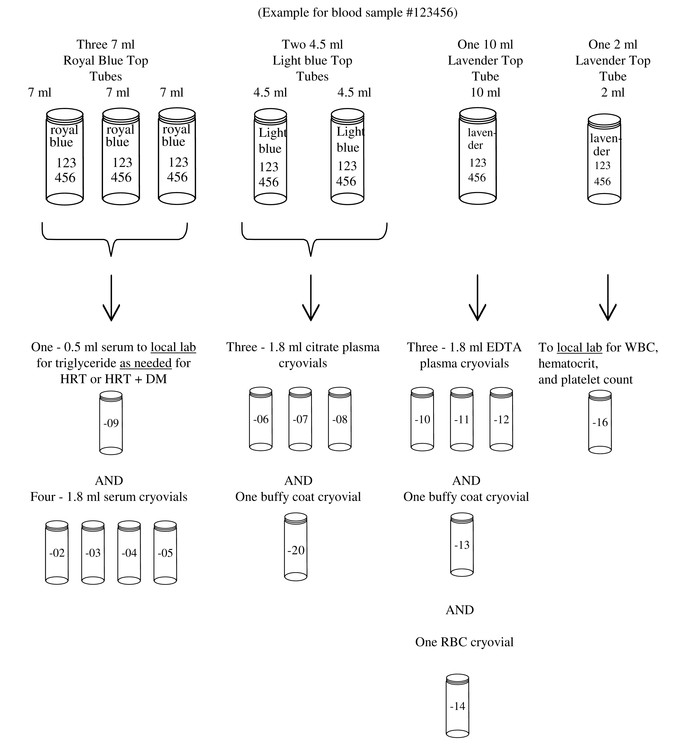



Section 11 Blood And Urine Collection Processing And Shipment




Cohort Manual Exam 1 7 Blood Collection And Processing
To group A blood sample EDTA was added, whereas, blood samples from group B were analyzed without adding EDTA About 10 ml of blood was drawn from each patient and serum was separated with in 30 min by centrifuge machine The serum was then divided into three aliquots, to be analyzed as base line reading and at 24 and 72hrsWhole Blood EDTA Specimen Required Defines the optimal specimen required to perform the test and the preferred volume to complete testing Container/Tube Lavender top (EDTA) Specimen Stability Information Provides a description of the temperatures required to transport a specimen to the performing laboratory,Specimen Stability Chart REVISION DATE Rush Medical Laboratories Core Laboratory Amphetamines Amylase Alphafetoprotein Albumin Alkaline Phos ALT Amikacin Ammonia Blood Gas Test Stability (PICO Syringe) No Ice Unprocessed Stability (Other Syringe) With Ice Unprocessed pO 2 30 Minutes 15 minutes Sodium (BGNA) 30 minutes 15 minutes




Laboratory Sample Stability Is It Possible To Define A Consensus Stability Function An Example Of Five Blood Magnitudes




Pdf Biological Sample Collection Processing Storage And Information Management Semantic Scholar
Four hundred fifty blood specimens (number of patients and diagnosis unspecified) in K 3 EDTA evacuated tubes were analyzed within 10 min of collection After baseline analysis, specimens were stored at room temperature or 4°C in an upright, horizontal, or upsidedown position (75 specimens for each temperature/position) for 60, 1, and 240 minStability of whole blood samples for haematological measurements Interested partners of EQALM, ENERCA and ICSH Aims and purposes In general haematological parameters have been measured from EDTA anti coagulated whole blood, shortly after drawing During the last years, however, the increasing centralization ofK3 EDTA is the recommended sample type in which ACTH is stable for 24 h Our results in whole blood are consistent with WHO for several analytes as LD, LH, FSH, prolactin, PTH, TSH, cortisol, DHEAS, testosterone and vitamin D
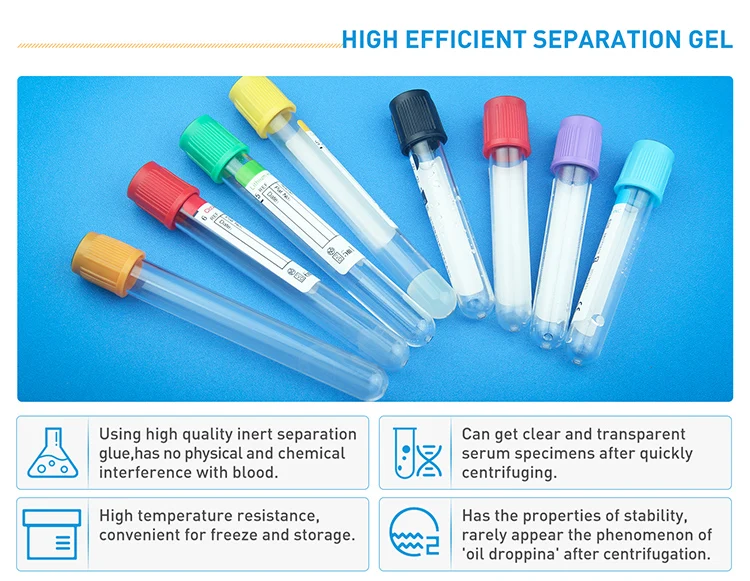



Best Price Ce Edta K2 K3 Gel Clot Activator Tube Blood Vacuum Blood Collection Tube Sample Tube Buy Ce Isovacuum Blood Sample Collection Tube Manufacture Factory Price Vacuum Edta Blood Collection Tube Medical Disposable Vacuum




Interferences From Blood Collection Tube Components On Clinical Chemistry Assays Biochemia Medica
Both EDTA salts inhibit the coagulation of the blood specimen by binding Calcium (Ca 2), thus preserving underfilling of blood sample and storage stability on selected hemogram The Kaohsiung journal of medical sciences, 1999 15(2)To verify the stability of K 3 EDTAplasma and se rum on different storage conditions MATERIALS AND METHODS Blood samples were obtained from 30 healthy adult laboratory workers ( women and 10 men;6hr) sterile EDTA containing blood sample tube at room temperature Step 1 A small drop of venous blood is placed on a glass microscope slide, using a glass capillary pipette Step 2




Extending Flow Cytometry Sample Stability By Freezing Lysed Whole Blood For Clinical Monitoring Of Treg Bioanalysis



2
SPECIMEN STORAGE AND STABILITY INSTRUCTIONS 1 Tubes of blood are to be kept closed at all times and in a vertical position It is recommended that the serum or plasma be physically separated from contact with cells within two hours from the time of collection 2 Separated serum or plasma should not remain at room temperature longer than 8Whole Blood EDTA Ambient 4 days Reject Due To All specimens will be evaluated at Mayo Clinic Laboratories for test suitability Reference Values An interpretive reportWhole Blood EDTA Specimen Required Defines the optimal specimen required to perform the test and the preferred volume to complete testing Container/Tube Lavender top (EDTA) Specimen Stability Information Provides a description of the temperatures required to transport a specimen to the performing laboratory,




Pdf Effect Of Temperature And Time Delay In Centrifugation On Stability Of Select Biomarkers Of Nutrition And Non Communicable Diseases In Blood Samples Semantic Scholar



2
A separate study of whole blood collected into EDTA found Cpeptide was stable for 24 hours at room temperature as well as 4°C This suggests theDNA and RNA samples from blood are the common examination target for noninvasive physical tests and/or biomedical studies Since highquality DNA and RNA samples guarantee the correctness of these tests and/or studies, we investigated the effects of storage temperature and storage duration of whole blood on DNA and RNA qualities Subjects were enrolled to donate blood samplesStability of complete blood count parameters with storage toward defined specifications for different diagnostic applications G Zini recamh@rmunicattit;
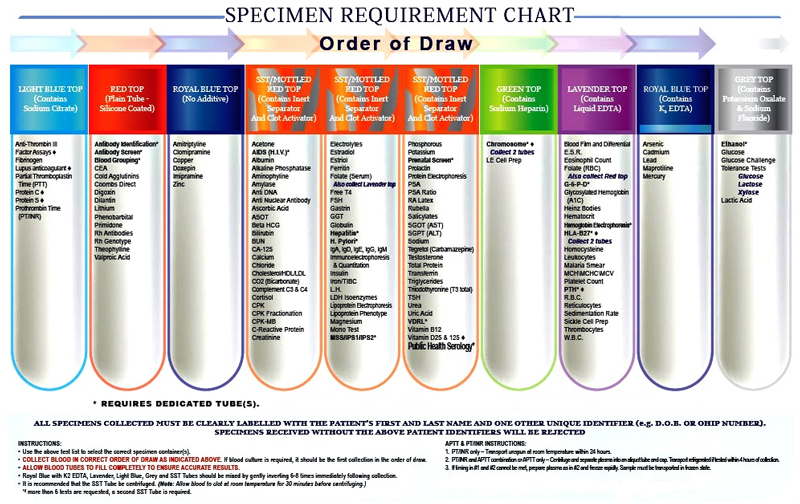



Specimen Collection Empire City Laboratories Medical Lab Testing Antibody Pcr Covid 19 Sars




Pdf Prolong Storage Of Blood In Edta Has An Effect On The Morphology And Osmotic Fragility Of Erythrocytes
In the storage stability study, there was a significant sequential increase of hematocrit and MCV between 1 hour, 8 hours and 12 hours (P <R\CVMC Shared Files\Lab\Specimen Collection Manual\Specimen Stability Charts\Test Stability Charts 1xls Page 3 of 4 Hep C Ab 28 C 7 days SST and pour off tubes If hep C is pos, it reflexes a Quant hep C which needs to have 25 ml minimum FROZENTo define the optimal blood collection parameters for plasma human immunodeficiency virus type 1 (HIV1) viral load testing, plasma HIV1 RNA levels were quantitated with the NASBA HIV1 RNA QT System from blood specimens that were collected, processed, and stored under a variety of conditions that might have affected HIV1 RNA stability We determined that when whole blood
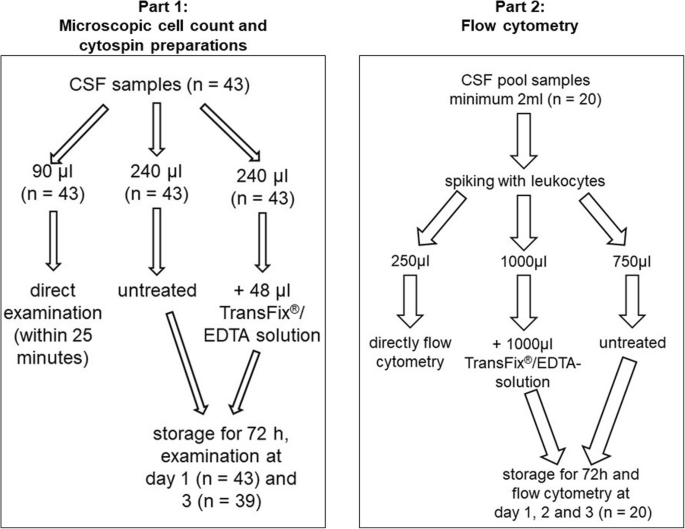



Stability Of Canine And Feline Cerebrospinal Fluid Samples Regarding Total Cell Count And Cell Populations Stored In Transfix Edta Csf Sample Storage Tubes Bmc Veterinary Research Full Text




Bohb Apccb Laboratory Use Of The Abbott Medisense Meter For Beta Hydroxybutyrate Measurement Grd Jones A Screnci P Graham Chemical Pathology Ppt Download
Specimen Stability Information Specimen Type Temperature Time Special Container;EDTA Improves Stability of Whole Blood CPeptide and Insulin to Over 24 Hours at Room Temperature Timothy J McDonald , # 1 , 2 , * Mandy H Perry , # 1 Roy W A Peake , 3 Nicola J Pullan , 4 John O'Connor , 1 Beverley M Shields , 2 Beatrice A Knight , 2 and Andrew T Hattersley 2The relative frequency of monocytes, NK cells, ells, and granulocytes in EDTA blood was stable among specimens that experienced a delay immediately after venipuncture of 7 to 24 h at room temperature with gentle agitation compared to casematched



2



Long Term Storage Impacts Blood Dna Yield But Not Integrity Or Methylation
Consult with Director of Blood Bank, ext 5716 Platelet Pheresis Specimen Requirements (if Blood Bank does not have patient's ABO/Rh on file) 1 full 6 mL pinktop (EDTA) tube with label that includes patient's first and last name, PF#/MR#, time, date, printed last name of phlebotomist




Effect Of Storage Of Edta Blood Specimens On Real Time Pcr Results The Download Scientific Diagram
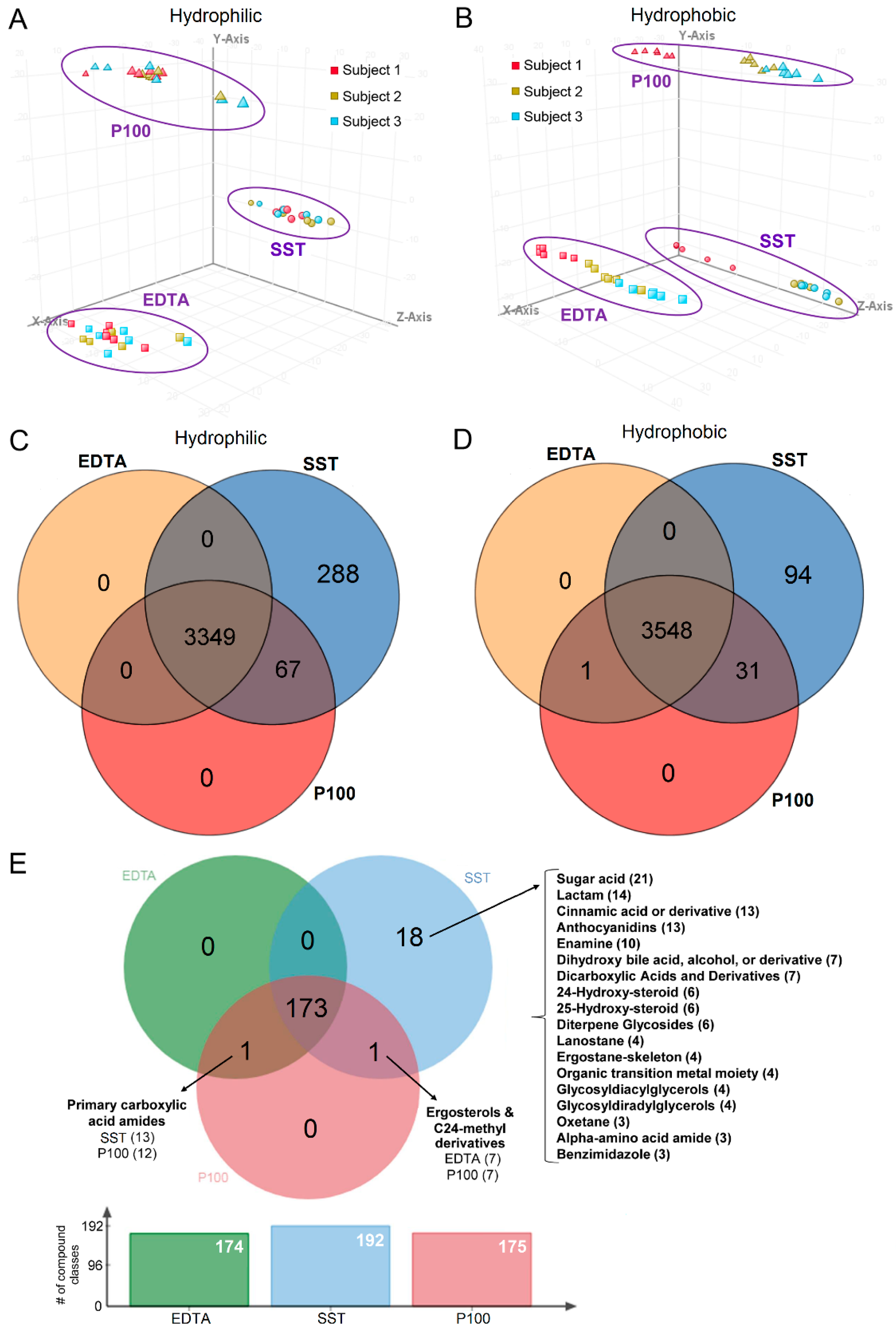



Metabolites Free Full Text Impact Of Blood Collection Tubes And Sample Handling Time On Serum And Plasma Metabolome And Lipidome Html




Blood Collection Tubes The Right Choice For Your Experiment
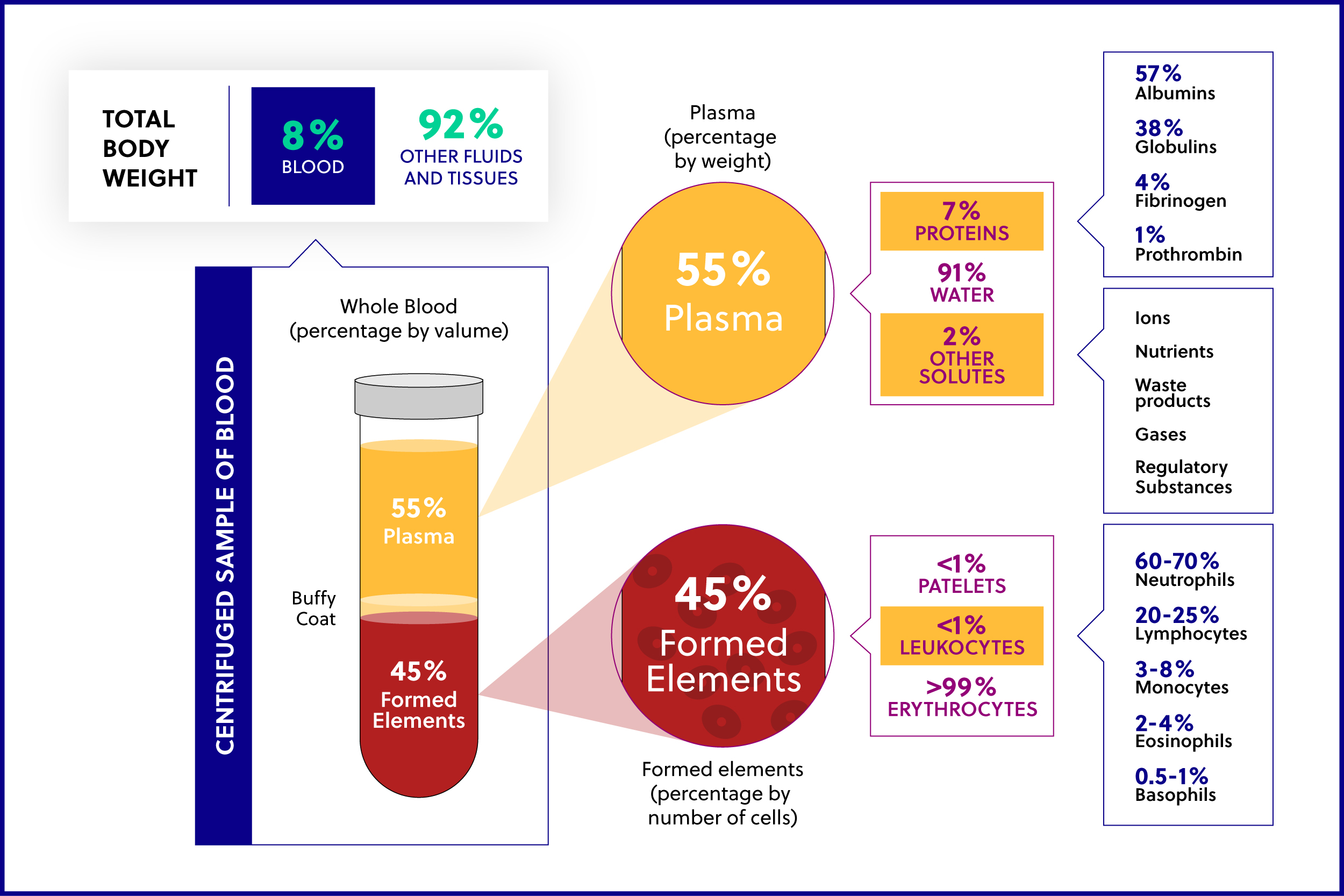



Blood Collection And Sample Considerations Immune Sequencing




Impact Of Blood Storage And Sample Handling On Quality Of High Dimensional Flow Cytometric Data In Multicenter Clinical Research Sciencedirect




Novaclone Anti D Bpz




Cohort Manual Exam 1 7 Blood Collection And Processing




Alterations Due To Dilution And Anticoagulant Effects In Hematologic Analysis Of Rodent Blood Samples On The Sysmex Xt 00iv Moorhead 16 Veterinary Clinical Pathology Wiley Online Library



2



2



1



Q Tbn And9gcsulfmxiygstckadyqt2tl4zsh8b7qg7kga0gjvktrdu8o35 Fb Usqp Cau




Streck Cell Free Dna t



Edta Improves Stability Of Whole Blood C Peptide And Insulin To Over 24 Hours At Room Temperature
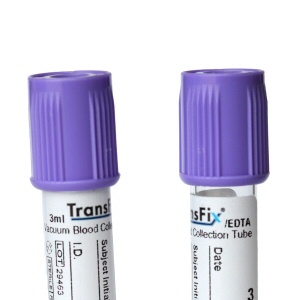



Transfix Blood Collection Tubes Cytomark Limited




A Guide For Measurement Of Circulating Metabolic Hormones In Rodents Pitfalls During The Pre Analytical Phase Sciencedirect




Anticoagulant Effect Edta Vs Heparin And 24 H Sample Stability Were Download Scientific Diagram



2
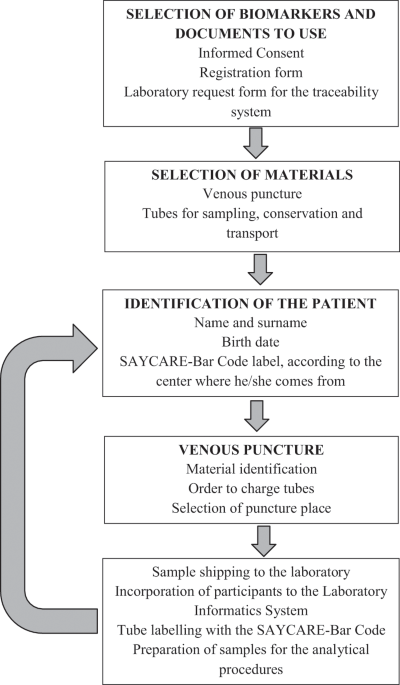



Sampling And Processing Blood Samples Within The South American Youth Child Cardiovascular And Environmental Saycare Study Scientific Reports



2




The Impact Of Various Preanalytical Treatments On The Phenotype Of Small Extracellular Vesicles In Blood Analyzed By Protein Microarray Sciencedirect



2




Recommendations For Clinical Biomarker Specimen Preservation And Stability Assessments Bioanalysis
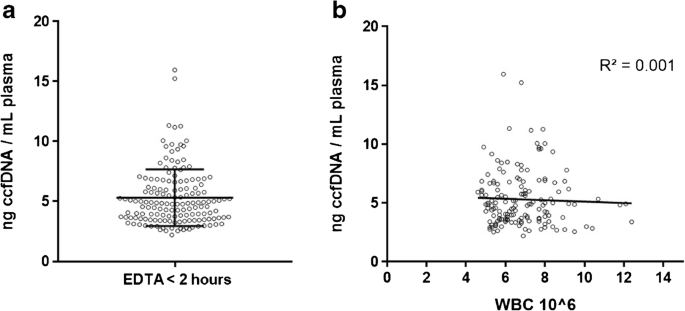



Liquid Biopsy Preservation Solutions For Standardized Pre Analytical Workflows Venous Whole Blood And Plasma Springerlink




Stability Of Whole Blood And Plasma Ascorbic Acid European Journal Of Clinical Nutrition




Sampling And Storage Conditions Influencing The Measurement Of Parathyroid Hormone In Blood Samples A Systematic Review




Sample Preparation And Transport R E D Laboratories
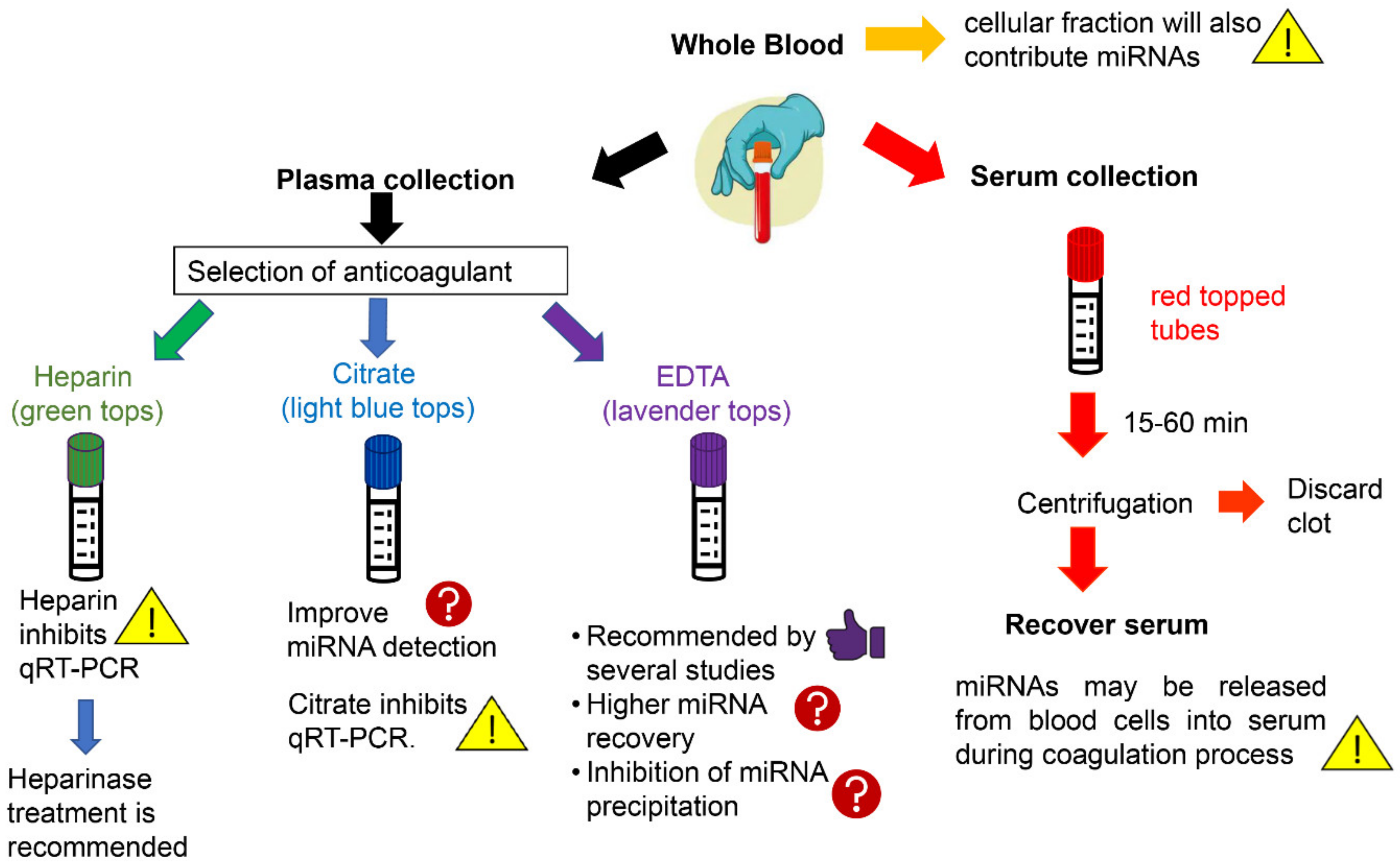



Ijms Free Full Text Challenges In Using Circulating Micro Rnas As Biomarkers For Cardiovascular Diseases Html




Laboratory Sample Stability Is It Possible To Define A Consensus Stability Function An Example Of Five Blood Magnitudes




Impact Of Blood Storage And Sample Handling On Quality Of High Dimensional Flow Cytometric Data In Multicenter Clinical Research Sciencedirect




Preanalytical Errors In Hematolog




Plasma Proteome Profiling To Detect And Avoid Sample Related Biases In Biomarker Studies Embo Molecular Medicine
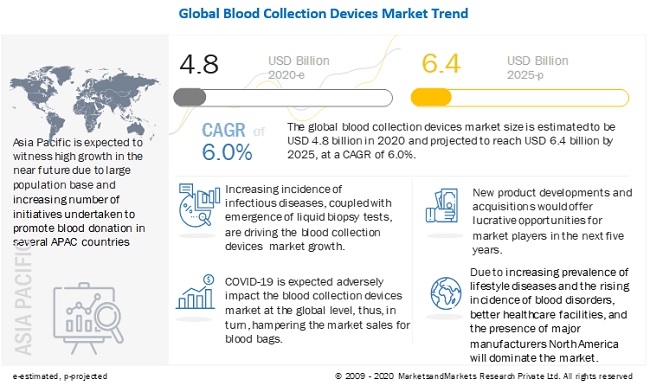



Blood Collection Market Global Forecast To 25 Marketsandmarkets
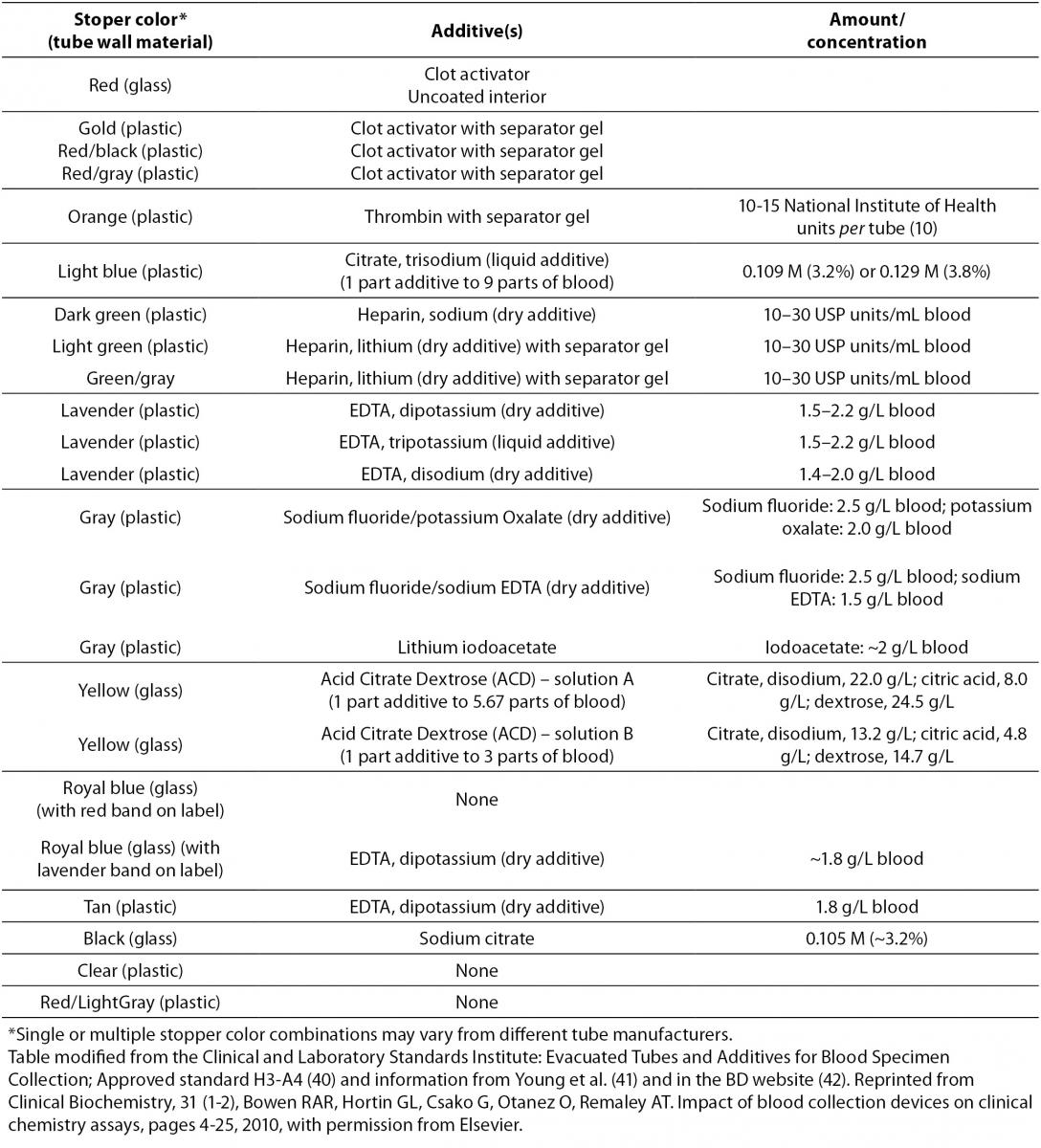



Interferences From Blood Collection Tube Components On Clinical Chemistry Assays Biochemia Medica




Impact Of Blood Storage And Sample Handling On Quality Of High Dimensional Flow Cytometric Data In Multicenter Clinical Research Sciencedirect




Blood Sample Quality
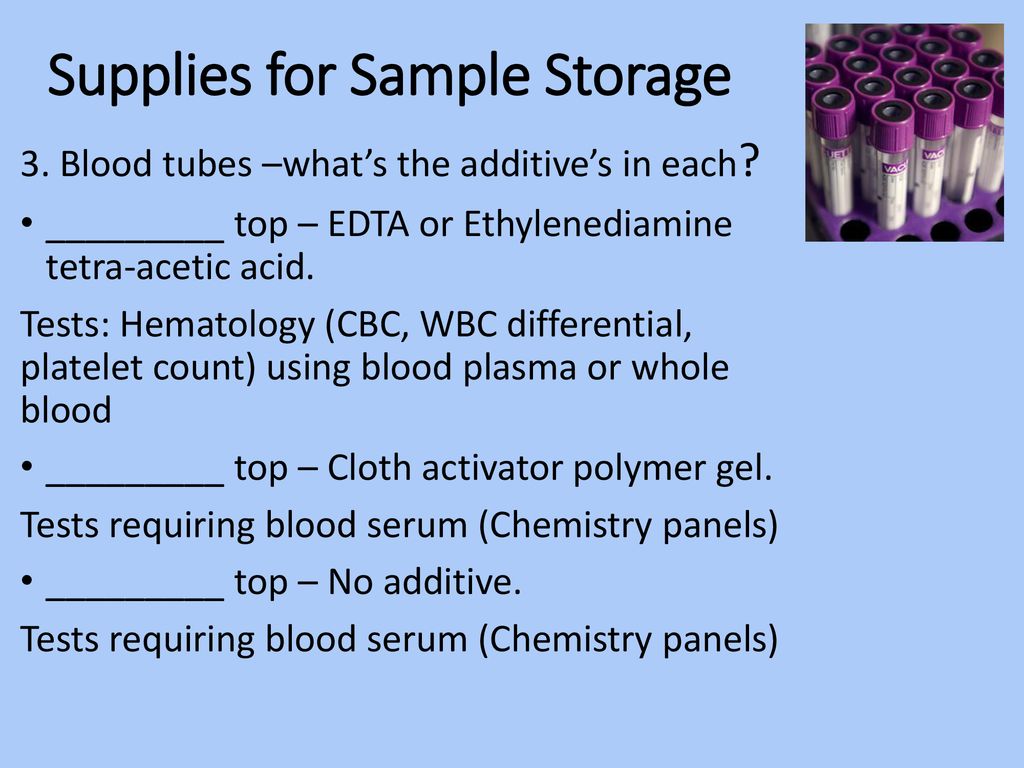



Canine And Feline Blood Sample Collection Ppt Download
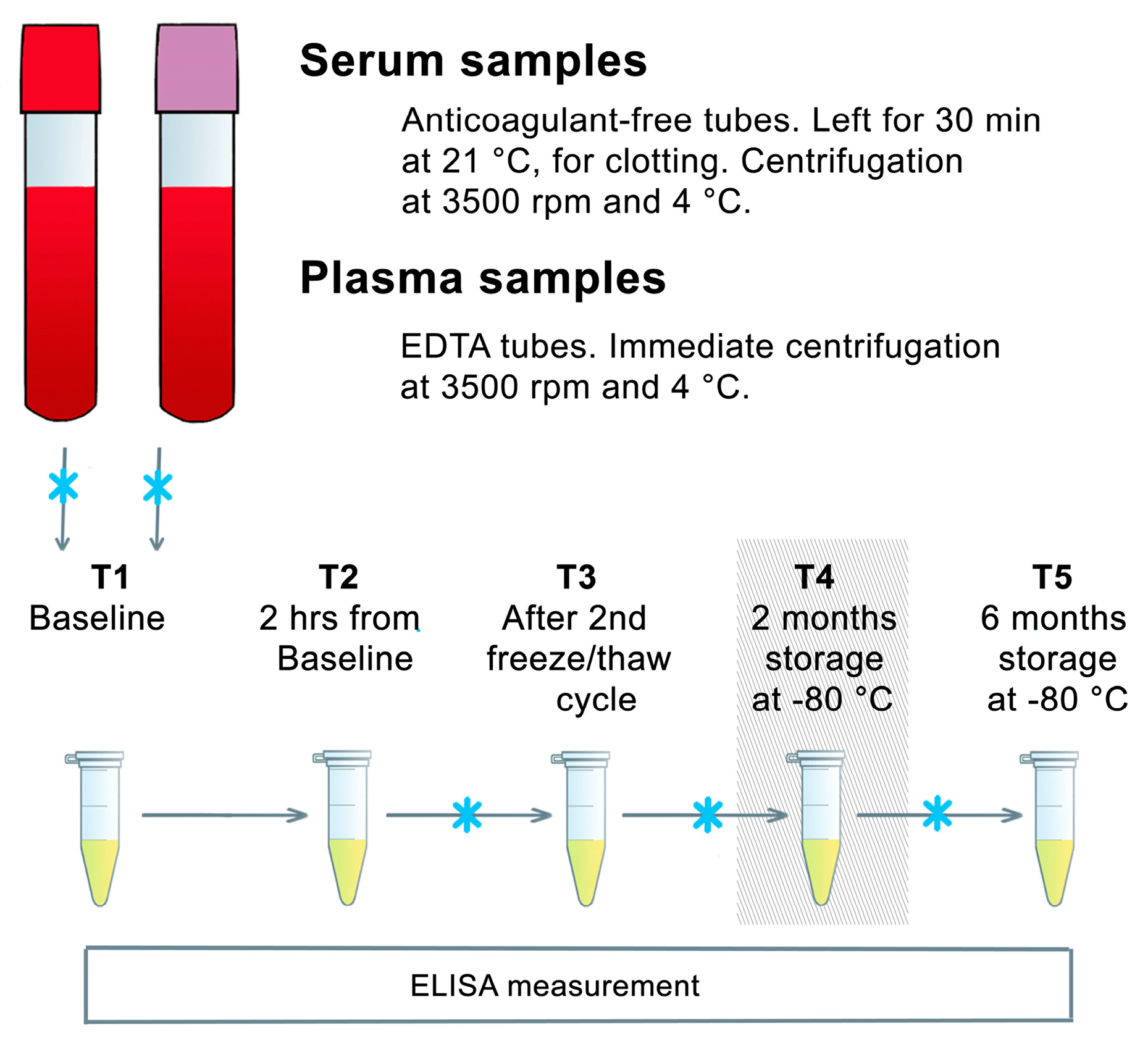



Ijms Free Full Text Stability Of nf In Human Samples Stored Up To 6 Months And Correlations Of Serum And Edta Plasma Concentrations Html
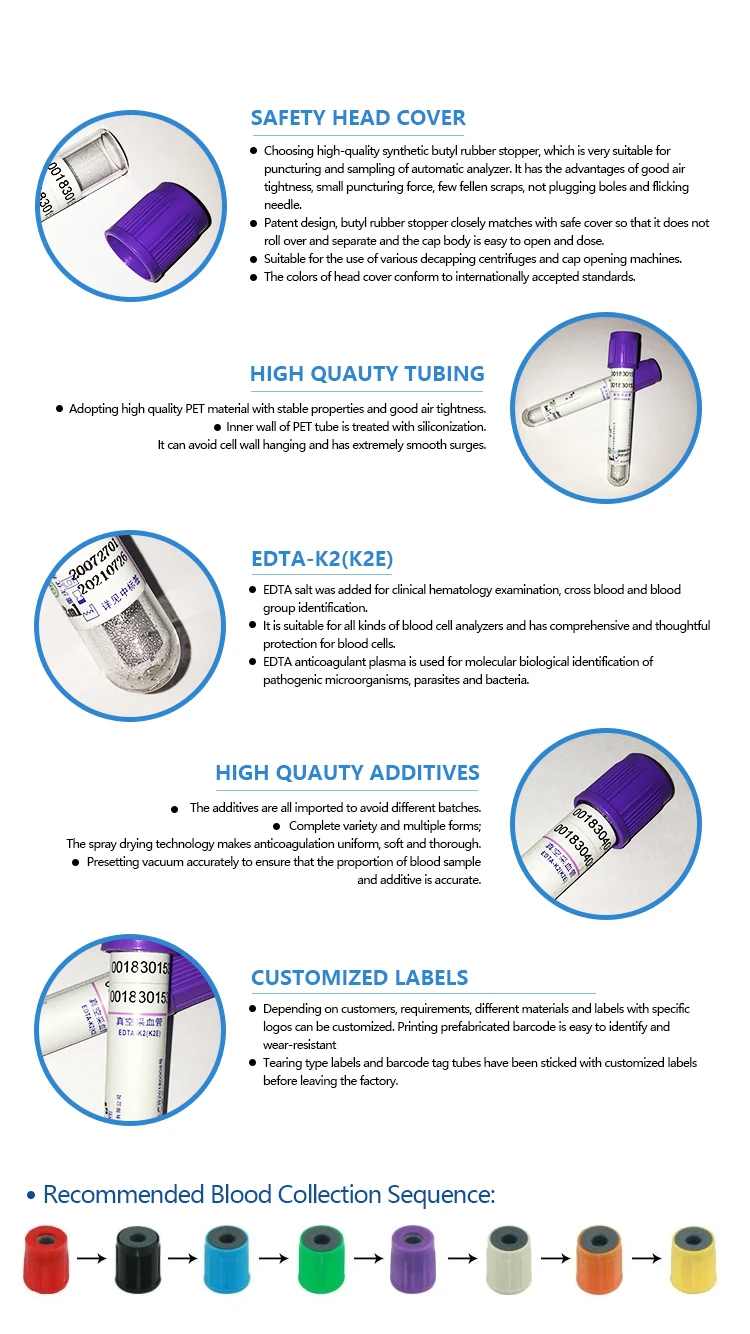



Hot Sale Cheap Price Collect Blood Sample Edta Vacuum Tube Buy Edta Tube Hot Sale K3 Edta Tubes Edta Vacuum Tub Cheap Price Edta Vacuum Tube Product On Alibaba Com



2




Performance Comparison Of Blood Collection Tubes As Liquid Biopsy Storage System For Minimizing Cfdna Contamination From Genomic Dna Zhao 19 Journal Of Clinical Laboratory Analysis Wiley Online Library




Impact Of Blood Storage And Sample Handling On Quality Of High Dimensional Flow Cytometric Data In Multicenter Clinical Research Sciencedirect




Collection Storage And Transport Of Blood For Hiv Testing Ppt Video Online Download
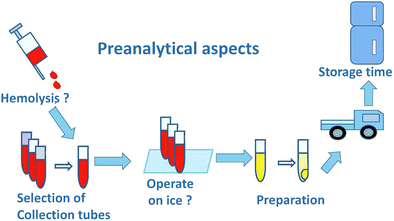



Effects Of Pre Analytical Processes On Blood Samples Used In Metabolomics Studies Springerlink



2




Stability Evaluation Whole Blood Was Collected In Edta Acd And Download Scientific Diagram
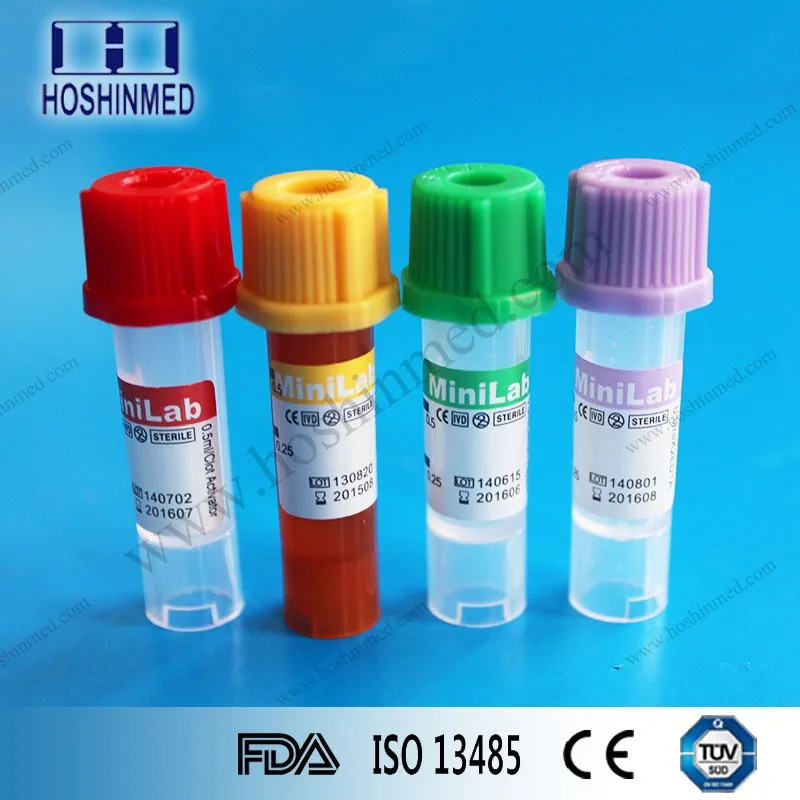



Additive Edta Micro Plastic Vacuum Blood Collection Tube Blood Sample Storage Tube Buy Plastic Vacuum Blood Collection Tube Plastic Blood Collection Tube Blood Sample Storage Tube Product On Alibaba Com




Laboratory Sample Stability Is It Possible To Define A Consensus Stability Function An Example Of Five Blood Magnitudes
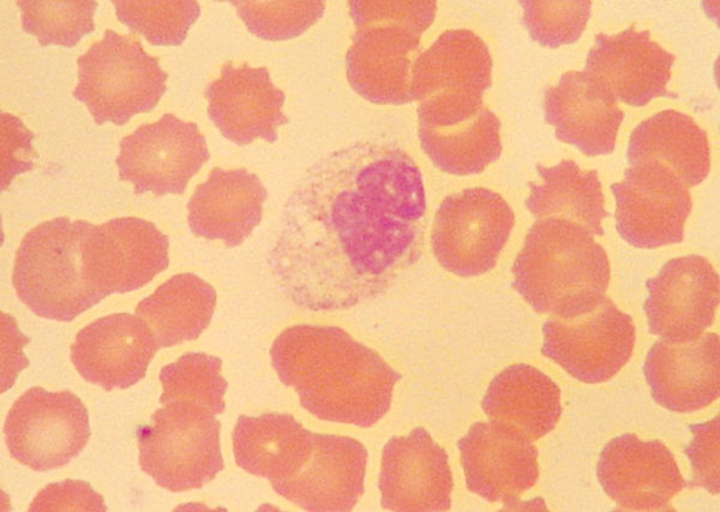



Edta In Transit Degenerative Changes In Blood Cell Morphology Medical Laboratory Observer
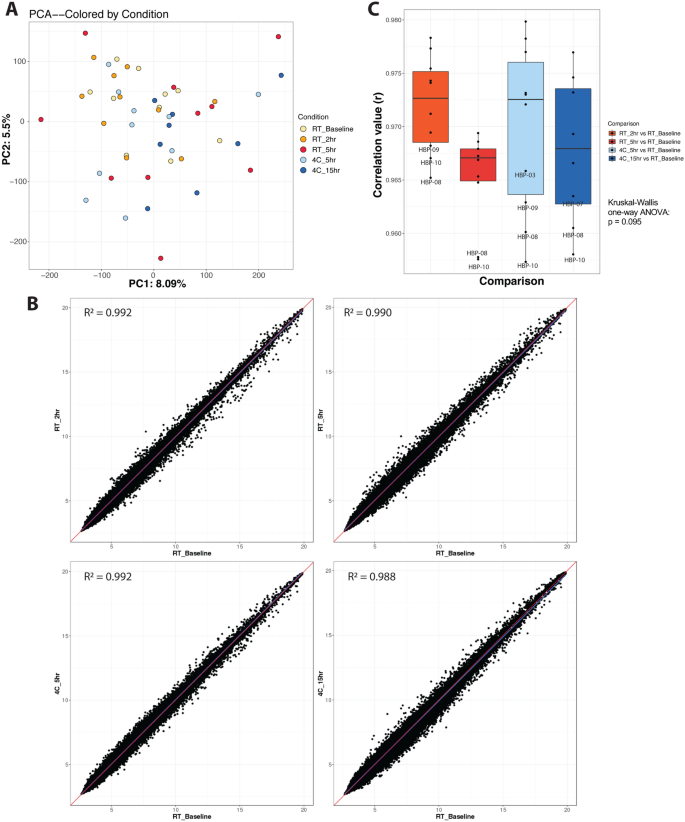



Effects Of Processing Conditions On Stability Of Immune Analytes In Human Blood Scientific Reports




Sample Collection Bayer Recommendations Bnp Is Unstable In Glass Containers Recommended Sample Type Is Edta Plasma Using Plastic Tubes For Sample Collection Ppt Download




Impact Of Blood Storage And Sample Handling On Quality Of High Dimensional Flow Cytometric Data In Multicenter Clinical Research Sciencedirect



The Effects Of Storage Temperature And Duration Of Blood Samples On Dna And Rna Qualities




Collection Storage And Transport Of Blood For Hiv Testing Ppt Video Online Download



2




Effects Of Processing Conditions On Stability Of Immune Analytes In Human Blood Scientific Reports



2
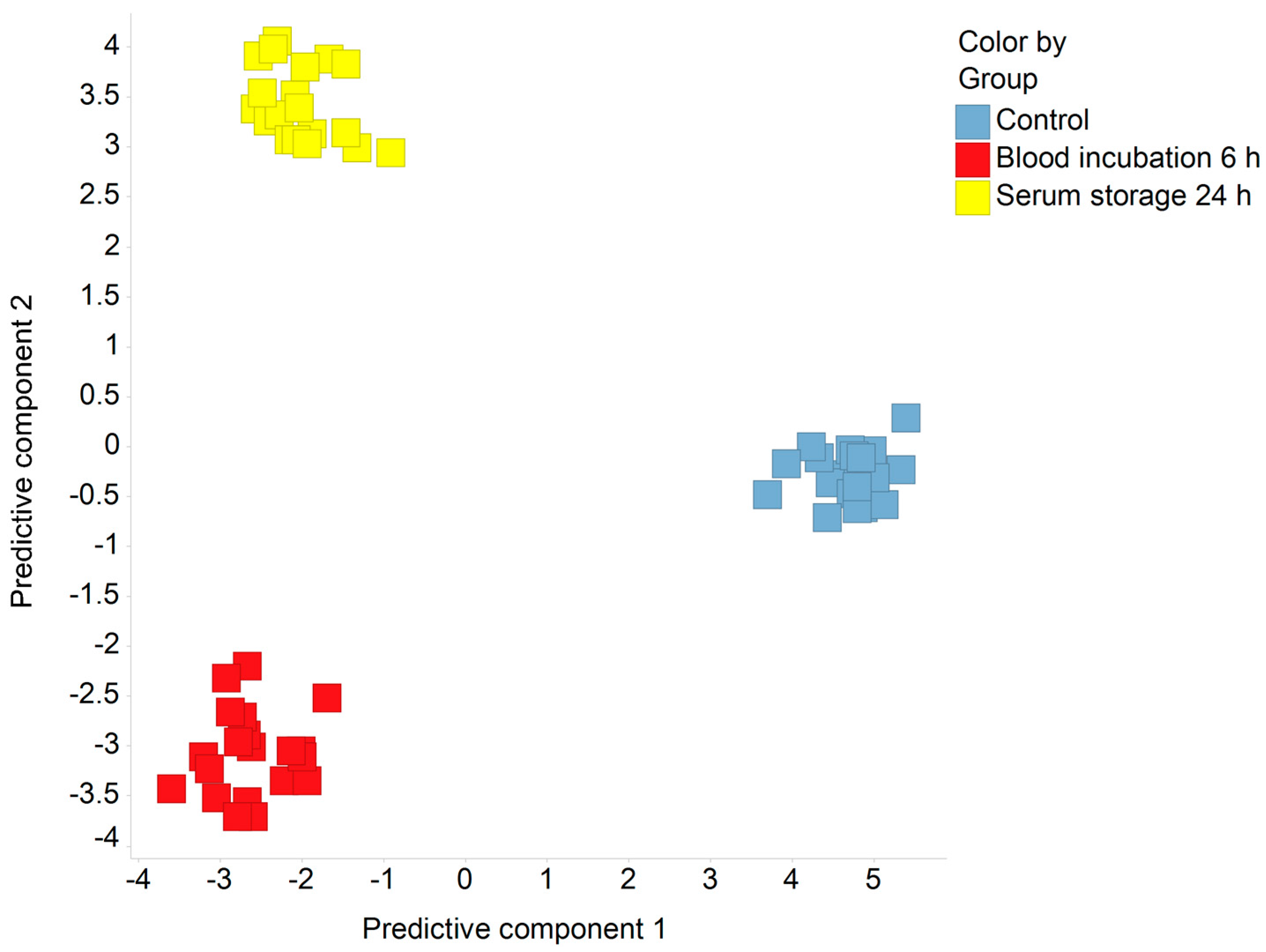



Metabolites Free Full Text Impact Of Prolonged Blood Incubation And Extended Serum Storage At Room Temperature On The Human Serum Metabolome Html
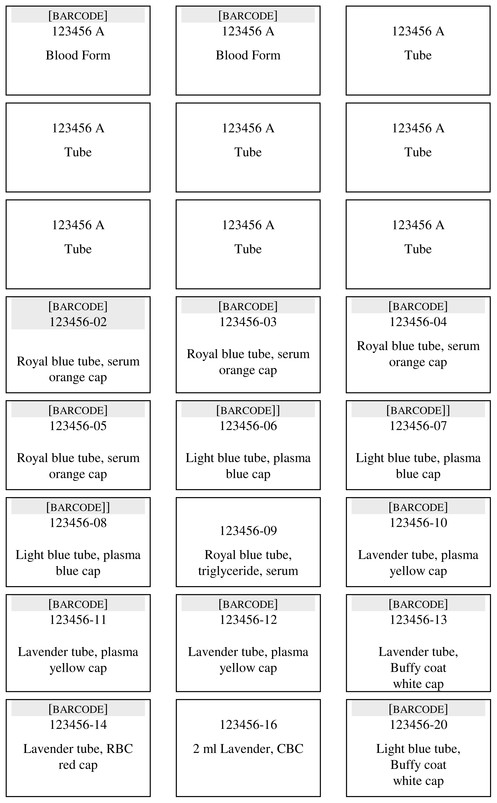



Section 11 Blood And Urine Collection Processing And Shipment




Pdf Sampling And Storage Conditions Influencing The Measurement Of Parathyroid Hormone In Blood Samples A Systematic Review Semantic Scholar




Streck Cell Free Dna t




The Effects Of Storage Temperature And Duration Of Blood Samples On Dna And Rna Qualities



2



2




Stability Of Biomarkers During Sample Collection Processing Transportation And Storage




Choline Stability In Freshly Collected Samples Stored At Room Download Scientific Diagram




Addition Of Protease Inhibitors To Edta Containing Blood Collection Tubes Does Not Deliver Significant Advantage For Preservation Of Plasma For Down Stream Analysis



Plos One Edta Improves Stability Of Whole Blood C Peptide And Insulin To Over 24 Hours At Room Temperature




Pdf Blood Sample Stability At Room Temperature For Counting Red And White Blood Cells And Platelets




Stability Of Hematologic Analytes In Monkey Rabbit Rat And Mouse Blood Stored At 4 C In Edta Using The Advia 1 Hematology Analyzer Semantic Scholar



3




Pre Analytical Within Laboratory Evacuated Blood Collection Tube Quality Evaluation Intechopen
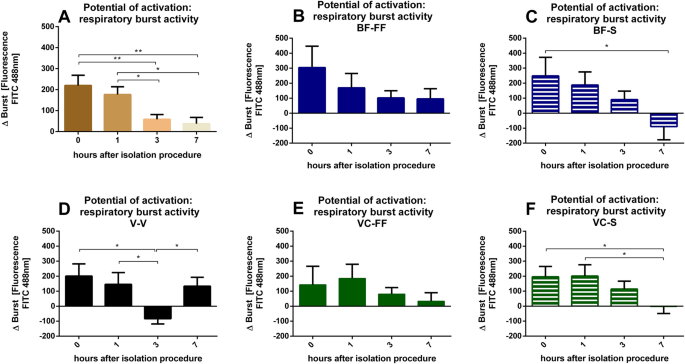



Blood Collection Technique Anticoagulants And Storing Temperature Have Minor Effects On The Isolation Of Polymorphonuclear Neutrophils Scientific Reports
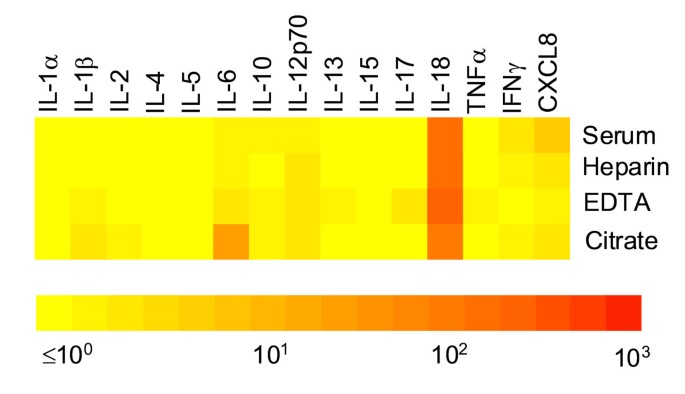



Prerequisites For Cytokine Measurements In Clinical Trials With Multiplex Immunoassays Bmc Immunology Full Text




Tvt 03 50 Transfix Edta Vacuum Blood Collection Tubes 50 X 3ml



1




Stability Of Proteins In Dried Blood Spot Biobanks Molecular Cellular Proteomics




Assessment Of Pre Analytical Sample Handling Conditions For Comprehensive Liquid Biopsy Analysis The Journal Of Molecular Diagnostics



0 件のコメント:
コメントを投稿